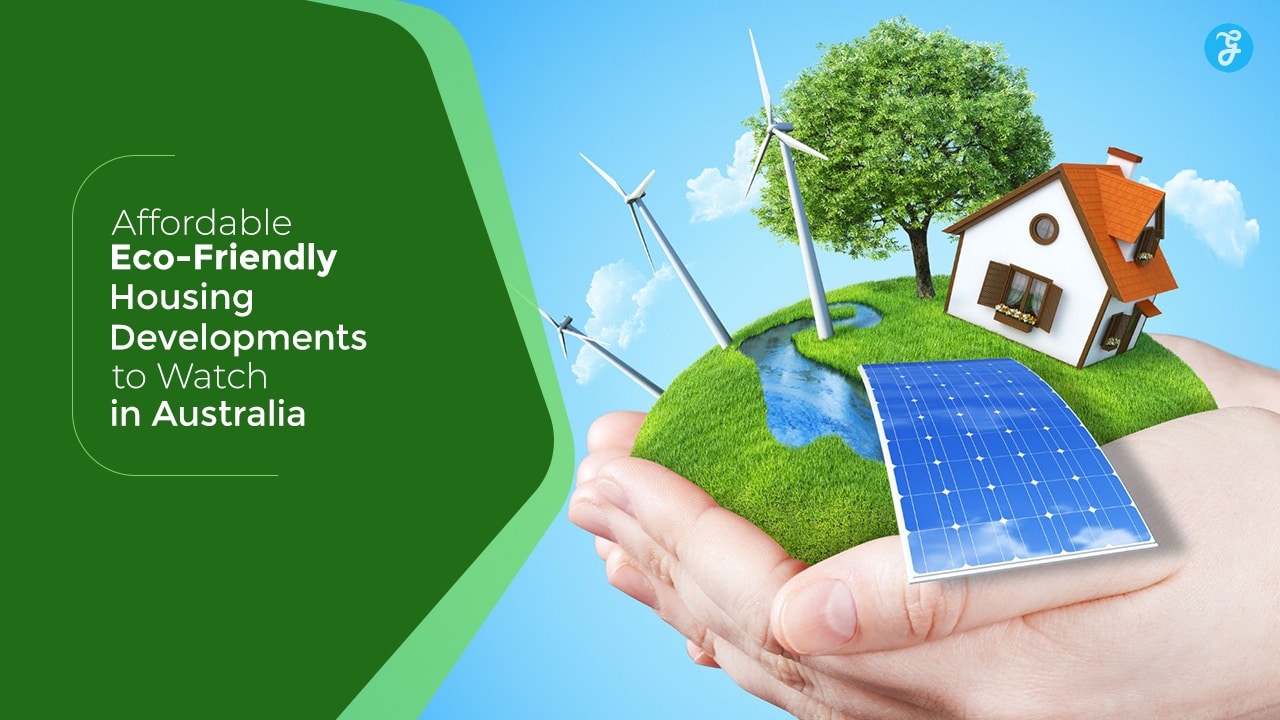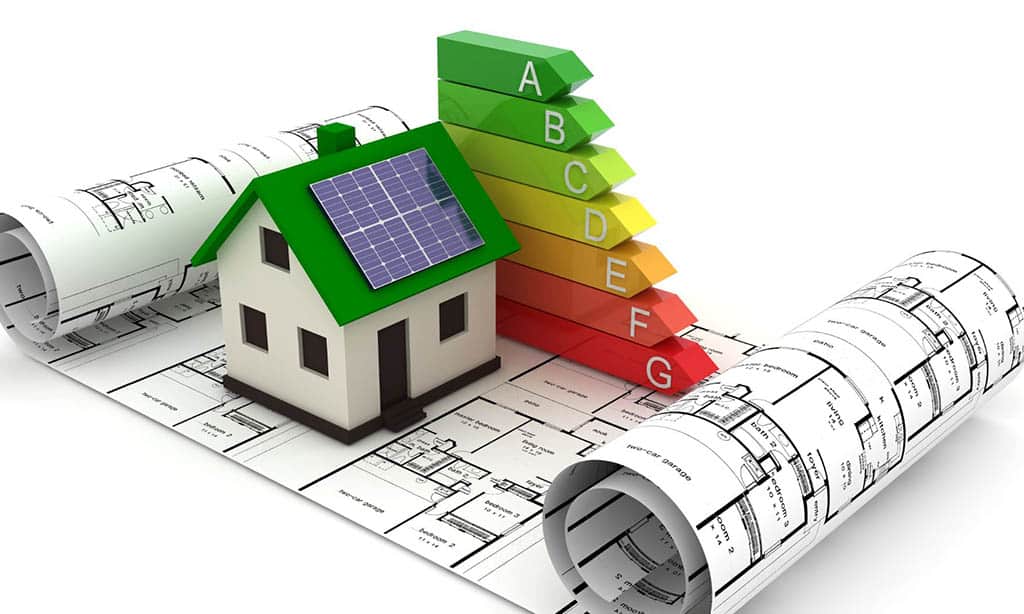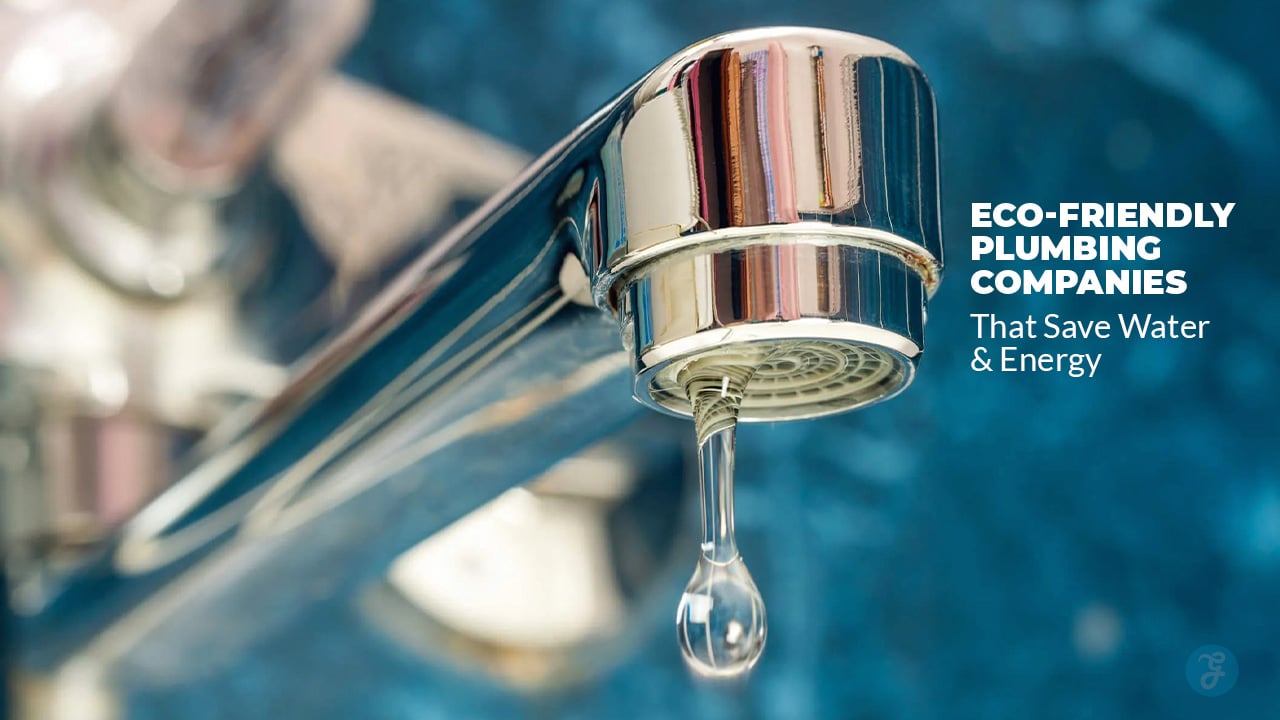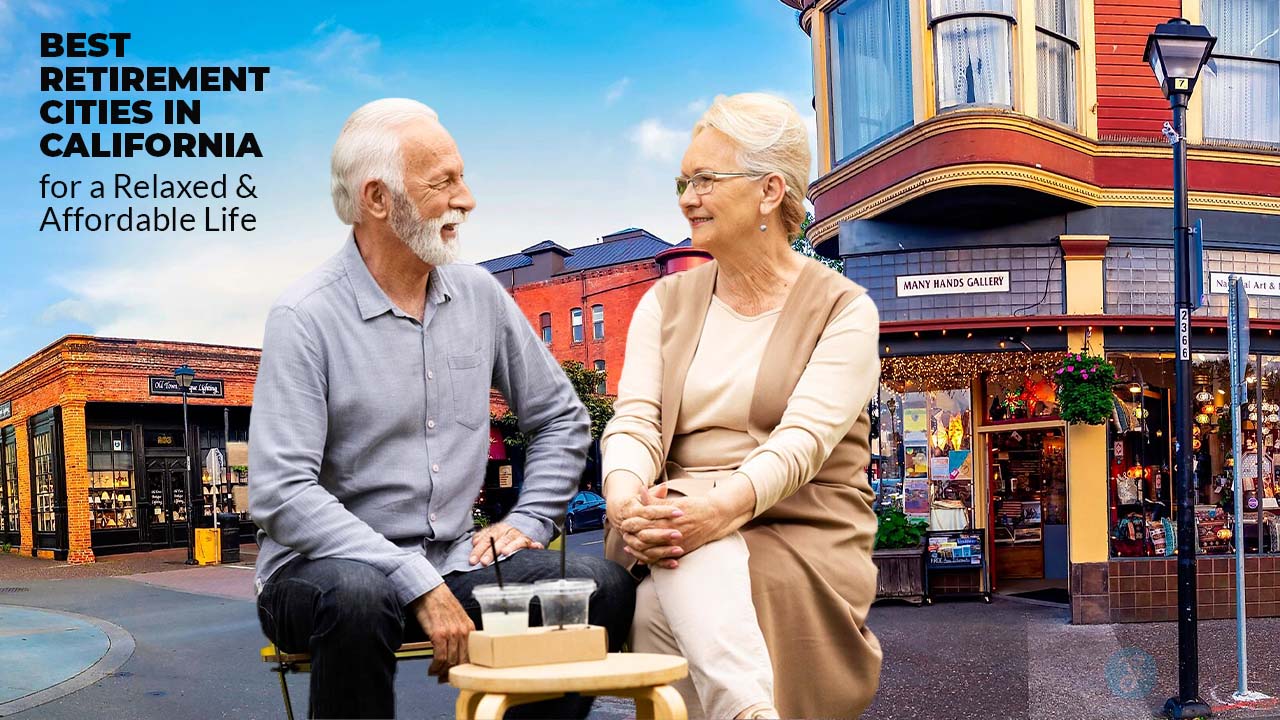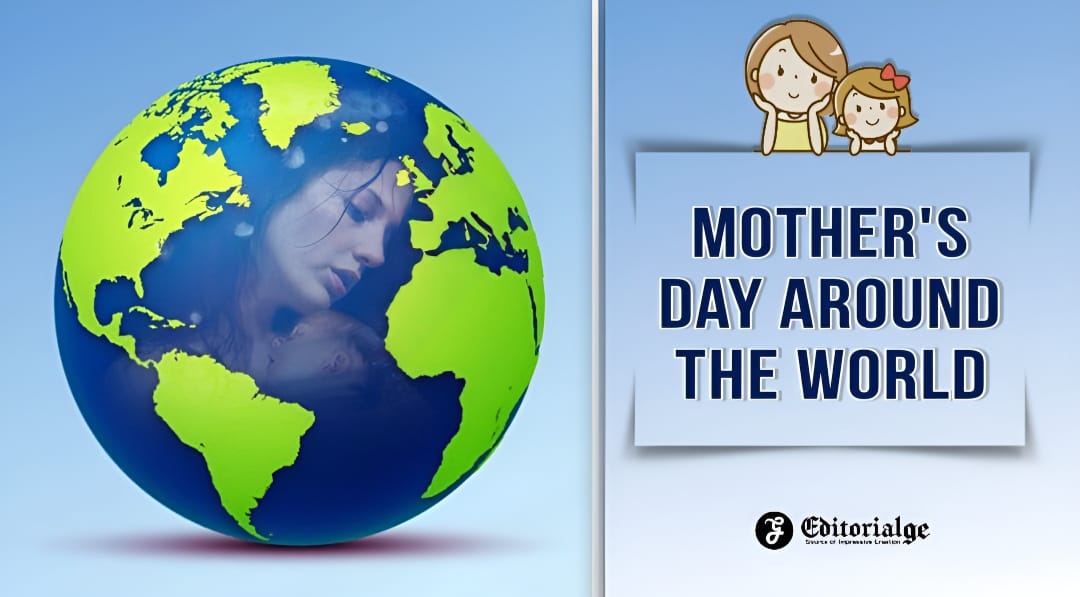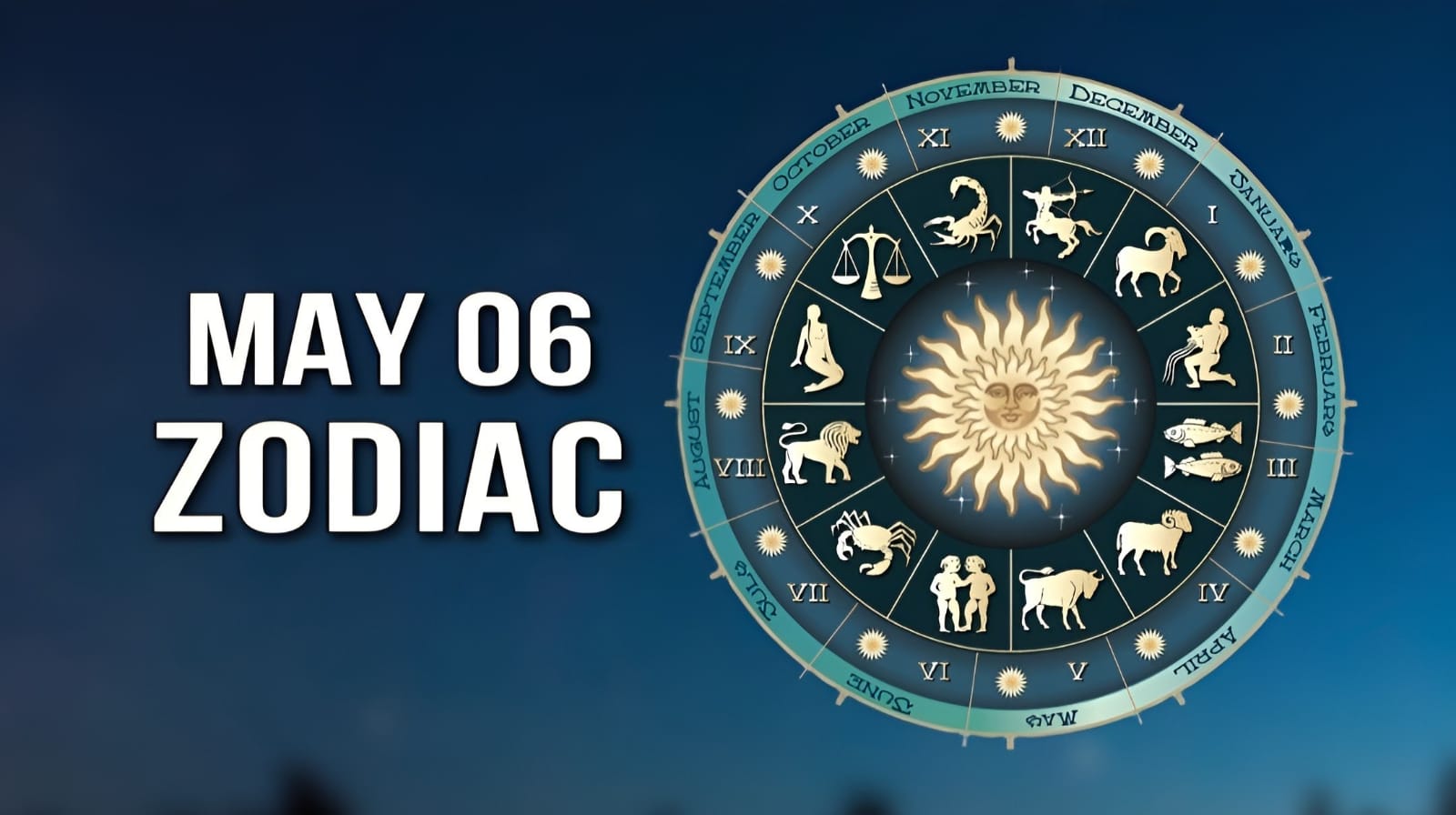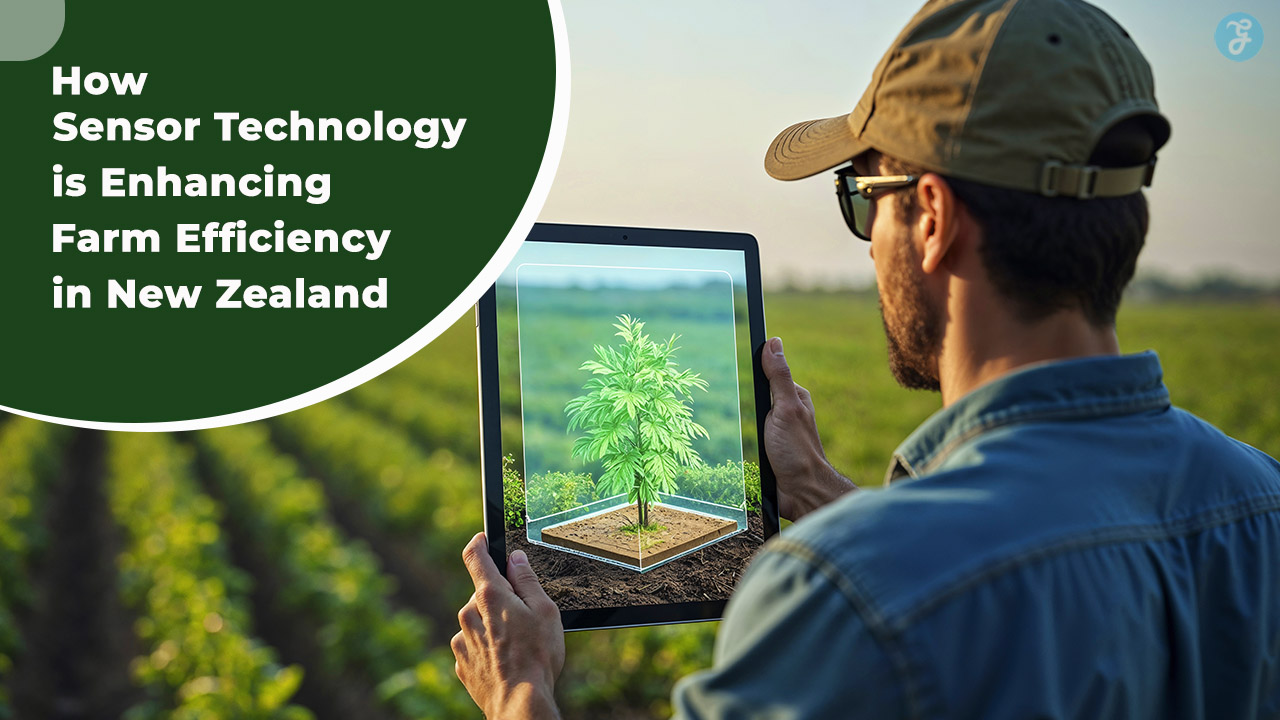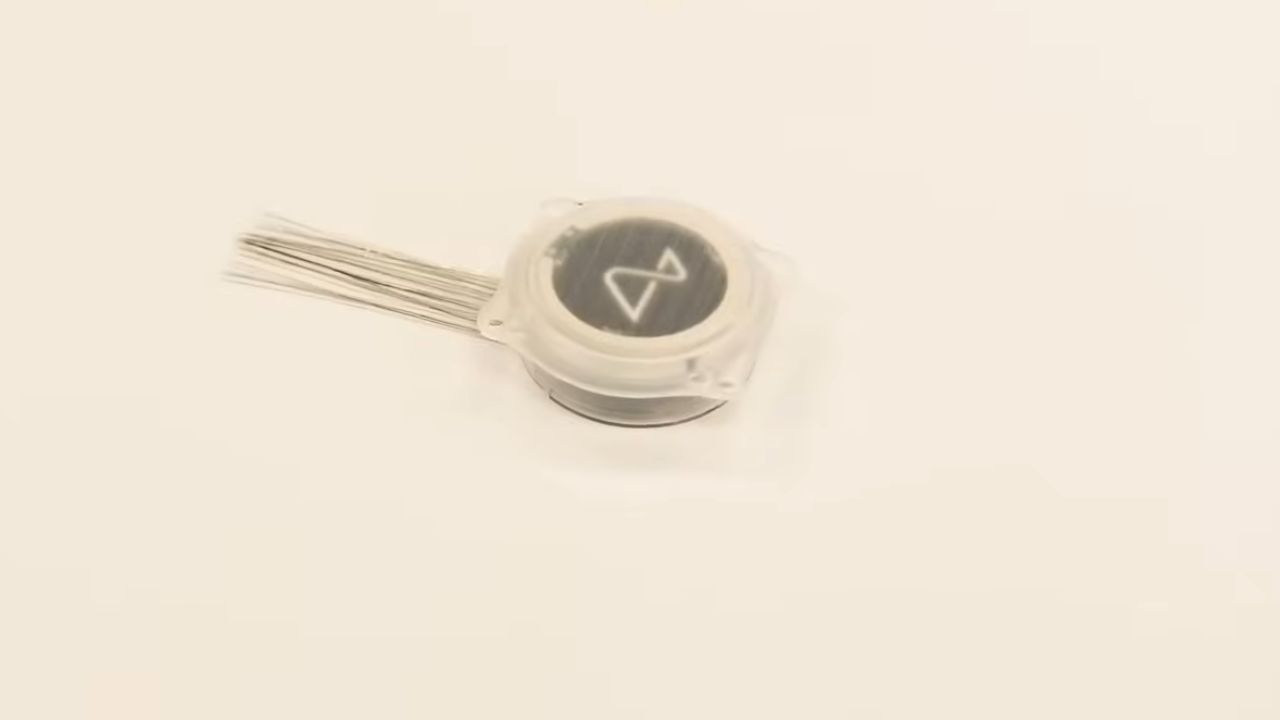Australia is increasingly embracing sustainable living, with eco-friendly housing developments gaining popularity nationwide. These housing projects aim to minimize environmental impact while offering affordable living options for individuals and families.
From energy-efficient designs to community-driven sustainability initiatives, these developments reflect a growing commitment to greener living.
In this article, we’ll explore 10 affordable eco-friendly housing developments in Australia that are setting new benchmarks for sustainability and innovation. These projects demonstrate how environmental consciousness and affordability can go hand in hand, making sustainable living accessible to all.
Why Eco-Friendly Housing Matters
Eco-friendly housing plays a crucial role in mitigating climate change by reducing carbon footprints and conserving natural resources. In addition, it promotes a healthier lifestyle by prioritizing green spaces, energy efficiency, and sustainable materials. Affordable housing developments are increasingly adopting these principles to make green living accessible to a wider audience.
The 10 Affordable Eco-Friendly Housing Developments in Australia
Let’s take a look!
1. The Cape – Cape Paterson, Victoria
The Cape in Cape Paterson, Victoria, is one of Australia’s leading eco-friendly housing developments. Known for its sustainable design and focus on renewable energy, the project stands as a shining example of how to balance environmental responsibility with modern living.
Each home in The Cape is designed to achieve an average energy rating of 8.2 stars, minimizing energy consumption and maximizing efficiency. Solar panels paired with battery storage provide 100% renewable energy for residents, ensuring a zero-carbon footprint.
Additionally, The Cape incorporates water-saving fixtures, recycled materials, and native vegetation, promoting sustainability at every level. With a strong sense of community and beautifully designed homes that prioritize health and well-being,
The Cape has become a model for future housing developments. Its focus on blending affordability with environmental stewardship makes it a must-watch project for eco-conscious Australians.
Key Features
- 100% renewable energy usage.
- Water-saving fixtures and recycled materials.
- Community gardens and native vegetation.
Why It Stands Out
The Cape’s innovative approach to combining affordability with high-performance green technologies makes it a trailblazer in sustainable housing in Australia.
Highlights Table
| Feature | Details |
| Energy Rating | 8.2 stars |
| Renewable Energy | Solar panels with battery storage |
| Sustainable Materials | Recycled and locally sourced |
2. WGV at White Gum Valley – Perth, Western Australia
WGV at White Gum Valley is a multi-residential housing development in Perth that is redefining community living through sustainability. As one of the most innovative eco-friendly projects in Western Australia, WGV combines energy-efficient designs with smart water conservation systems.
Homes in this development are equipped with solar panels and battery storage, enabling residents to harness renewable energy and reduce their reliance on traditional power sources. The inclusion of shared green spaces and water-wise landscaping enhances the sense of community while promoting environmental stewardship.
Designed to cater to both families and individuals, WGV incorporates sustainable living features without compromising on comfort or aesthetics. This award-winning development has set new benchmarks for how urban housing can address environmental challenges, making it a favorite among sustainability advocates in Australia.
Key Features
- Solar-powered homes with battery storage.
- Community-focused shared spaces.
- Water-wise landscaping.
Why It Stands Out
WGV’s innovative use of renewable energy systems and water-saving technologies highlights its commitment to eco-friendly living without compromising affordability.
Highlights Table
| Feature | Details |
| Renewable Energy | Solar panels with batteries |
| Water Conservation | Rainwater harvesting systems |
| Shared Amenities | Gardens, play areas, and more |
3. Ginninderry – Canberra, ACT
Ginninderry, located near Canberra, is an exemplary eco-friendly housing project that seamlessly integrates sustainability into every aspect of its design. This development prioritizes energy efficiency by equipping homes with energy-saving appliances and renewable energy solutions, such as solar panels.
What sets Ginninderry apart is its commitment to preserving the natural environment, with 70% of the area dedicated to green spaces. In addition to promoting biodiversity, the development offers electric vehicle charging stations and walking trails to encourage sustainable transportation.
With its focus on community well-being, Ginninderry features parks, gardens, and shared spaces that foster social interaction. By emphasizing both environmental conservation and community-building, Ginninderry serves as a blueprint for sustainable living in Australia.
Key Features
- Energy-efficient appliances and designs.
- 70% of the area preserved for green spaces.
- Electric vehicle charging stations.
Why It Stands Out
The development’s focus on renewable energy and biodiversity conservation sets a high standard for sustainable housing.
Highlights Table
| Feature | Details |
| Green Spaces | 70% preserved land |
| Renewable Energy | Solar-powered homes |
| EV Charging Stations | Installed community-wide |
4. Lochiel Park – Adelaide, South Australia
Lochiel Park in Adelaide is often referred to as Australia’s “green village” due to its comprehensive sustainability practices. This innovative development focuses on creating energy-efficient homes that utilize renewable energy and smart metering systems.
Residents benefit from features like solar PV systems, efficient water recycling technologies, and native landscaping that supports local biodiversity. Lochiel Park not only prioritizes eco-friendly living but also promotes self-sufficiency, allowing residents to significantly reduce their reliance on external resources.
The development’s commitment to green infrastructure and sustainable community design has earned it national recognition, making it a standout model for future residential projects. By fostering a culture of sustainability, Lochiel Park exemplifies how housing can harmoniously coexist with nature.
Key Features
- Solar PV systems and smart metering.
- Efficient water recycling systems.
- Native landscaping to support biodiversity.
Why It Stands Out
Lochiel Park’s dedication to creating a self-sufficient community sets it apart from other developments in Australia.
Highlights Table
| Feature | Details |
| Solar Energy | Integrated photovoltaic systems |
| Water Recycling | Advanced greywater systems |
| Biodiversity | Native flora and fauna support |
5. Nightingale Housing – Melbourne, Victoria
Nightingale Housing in Melbourne is an ambitious project that focuses on affordability, sustainability, and community living. Designed to meet the needs of eco-conscious urban residents, Nightingale Housing adopts a minimalist approach to architecture, emphasizing natural light, ventilation, and energy efficiency.
The development is entirely fossil-fuel-free, with rooftop solar panels providing renewable energy for residents. Shared rooftop gardens and communal spaces encourage interaction among neighbors, fostering a sense of community.
By eliminating unnecessary luxury features, Nightingale Housing ensures affordability without compromising on sustainability. This unique blend of eco-friendliness and affordability has made it a favorite among young professionals and families in Melbourne.
Key Features
- Fossil-fuel-free operations.
- Shared rooftop gardens.
- Car-free design encouraging walking and cycling.
Why It Stands Out
The emphasis on affordability and community engagement makes Nightingale Housing a model for sustainable urban living.
Highlights Table
| Feature | Details |
| Carbon Footprint | Net-zero emissions |
| Transportation | Car-free design |
| Community Features | Shared gardens and spaces |
6. Mullum Creek – Donvale, Victoria
Located in Donvale, Victoria, Mullum Creek is a housing development that perfectly combines sustainability with contemporary aesthetics. Each home in the development is designed with passive solar principles, ensuring natural heating and cooling throughout the year.
Rainwater harvesting systems and energy-efficient appliances further enhance its eco-friendly credentials. Mullum Creek encourages the use of sustainable building materials, reducing its overall environmental impact.
In addition to its focus on sustainability, the development features ample green spaces and walking trails, providing residents with opportunities to connect with nature. Mullum Creek exemplifies how modern architecture and environmental consciousness can come together to create a harmonious living environment.
Key Features
- Rainwater harvesting systems.
- Passive solar design for natural heating and cooling.
- Focus on sustainable building materials.
Why It Stands Out
The development’s integration of modern design and environmental sustainability makes it a desirable choice for families.
Highlights Table
| Feature | Details |
| Passive Solar Design | Energy-efficient heating and cooling |
| Water Management | Rainwater tanks and systems |
| Eco-Materials | Sustainable construction materials |
7. The Pavilions – Sydney, New South Wales
The Pavilions, located in Sydney, is a modern housing development that prioritizes sustainable urban living. Offering energy-efficient apartments, this project is designed to cater to environmentally conscious city dwellers.
Each unit is equipped with advanced appliances and lighting systems to minimize energy consumption. The Pavilions is strategically located near public transport hubs, encouraging residents to reduce their reliance on private vehicles.
The development also incorporates recycling and waste management systems, ensuring a low environmental footprint. With its combination of affordability, sustainability, and urban convenience, The Pavilions has become a popular choice for eco-conscious individuals seeking a city lifestyle.
Key Features
- Energy-efficient appliances and lighting.
- Proximity to public transport.
- Recycling and waste management systems.
Why It Stands Out
The Pavilions’ urban location combined with its eco-friendly features makes it perfect for environmentally conscious city dwellers.
Highlights Table
| Feature | Details |
| Public Transport Access | Close to major transit lines |
| Energy Efficiency | Advanced appliances and lighting |
| Waste Management | Comprehensive recycling systems |
8. Aquarevo – Lyndhurst, Victoria
Aquarevo, situated in Lyndhurst, Victoria, is Australia’s most water-efficient residential community. This innovative development incorporates state-of-the-art water recycling systems, reducing household water consumption by up to 70%.
Homes in Aquarevo are equipped with solar panels and energy-efficient appliances, ensuring that residents minimize their environmental impact. The use of smart home technology allows homeowners to monitor and optimize their energy and water usage.
In addition to its technical innovations, Aquarevo features beautifully landscaped gardens and communal spaces, fostering a strong sense of community. This development stands as a testament to how technology and sustainability can work hand in hand to create a better future.
Key Features
- Integrated water recycling systems.
- Smart home technology for energy efficiency.
- Solar-powered homes.
Why It Stands Out
Aquarevo’s groundbreaking water management systems make it a leader in sustainable housing.
Highlights Table
| Feature | Details |
| Water Efficiency | 70% less water usage |
| Smart Technology | Advanced home automation |
| Solar Energy | Integrated solar power |
Final Thoughts
Australia’s eco-friendly housing developments demonstrate that sustainable living can be both affordable and accessible. From The Cape in Victoria to Aquarevo in Lyndhurst, these projects are setting a new standard for environmentally conscious living.
By incorporating renewable energy, water conservation, and community-focused designs, these developments are shaping the future of housing in Australia.
Investing in one of these eco-friendly communities not only benefits the environment but also enhances the quality of life for residents. These housing developments prove that sustainability and affordability can go hand in hand, creating a greener and brighter future for Australia.


